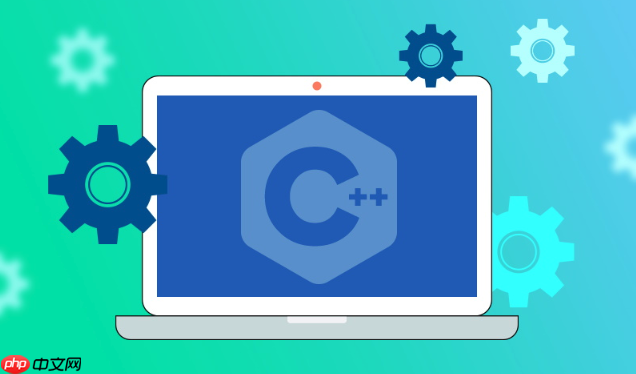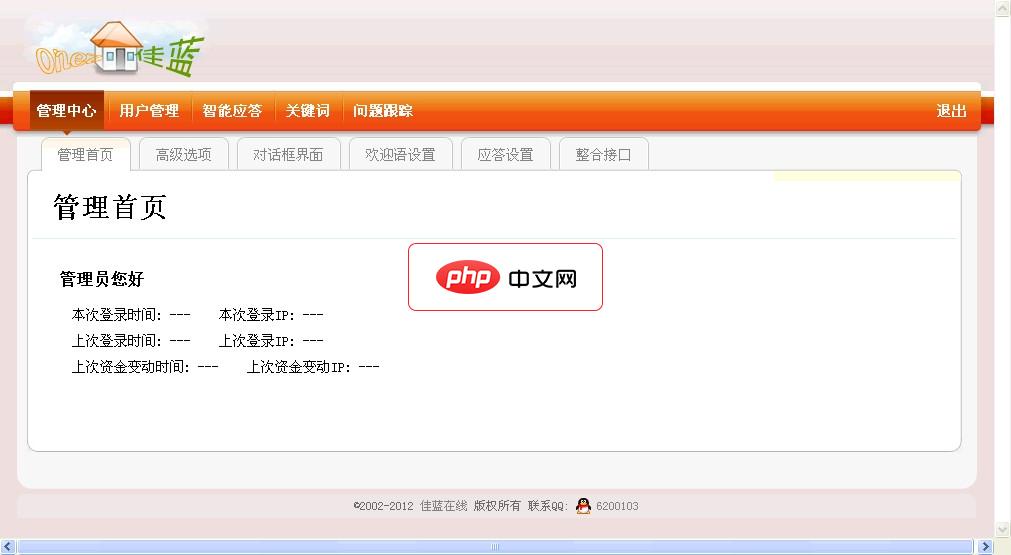C++中处理文件链接主要通过std::filesystem(C++17起)或系统调用实现,软链接提供跨文件系统灵活引用,硬链接实现同文件系统内数据共享与高效多入口,二者分别适用于抽象路径、版本管理及节省空间等场景。

C++中处理文件链接,主要是指通过操作系统提供的系统调用,在C++程序中创建、读取或删除文件系统中的软链接(符号链接)和硬链接。C++标准库本身在C++17之前并没有直接提供这些功能,但现代C++(特别是C++17引入
std::filesystem
在C++中处理文件链接,核心在于调用操作系统提供的API。对于大多数类Unix系统(如Linux、macOS),这通常涉及
unistd.h
symlink()
link()
CreateSymbolicLink()
CreateHardLink()
std::filesystem
使用std::filesystem
std::filesystem
立即学习“C++免费学习笔记(深入)”;
#include <iostream>
#include <string>
#include <filesystem> // C++17
namespace fs = std::filesystem;
// 创建软链接(符号链接)
void create_soft_link(const fs::path& target_path, const fs::path& link_path) {
try {
fs::create_symlink(target_path, link_path);
std::cout << "成功创建软链接: " << link_path << " -> " << target_path << std::endl;
} catch (const fs::filesystem_error& e) {
std::cerr << "创建软链接失败 (" << link_path << " -> " << target_path << "): " << e.what() << std::endl;
}
}
// 创建硬链接
void create_hard_link(const fs::path& target_path, const fs::path& link_path) {
try {
fs::create_hard_link(target_path, link_path);
std::cout << "成功创建硬链接: " << link_path << " -> " << target_path << std::endl;
} catch (const fs::filesystem_error& e) {
std::cerr << "创建硬链接失败 (" << link_path << " -> " << target_path << "): " << e.what() << std::endl;
}
}
// 读取软链接目标
void read_soft_link(const fs::path& link_path) {
try {
if (fs::is_symlink(link_path)) {
fs::path target = fs::read_symlink(link_path);
std::cout << "软链接 " << link_path << " 指向: " << target << std::endl;
} else {
std::cout << link_path << " 不是一个软链接。" << std::endl;
}
} catch (const fs::filesystem_error& e) {
std::cerr << "读取软链接失败 (" << link_path << "): " << e.what() << std::endl;
}
}
// 删除链接(软链接和硬链接都用unlink)
void delete_link(const fs::path& link_path) {
try {
if (fs::exists(link_path)) {
fs::remove(link_path); // remove() 可以删除文件或空目录,也包括链接
std::cout << "成功删除链接: " << link_path << std::endl;
} else {
std::cout << "链接 " << link_path << " 不存在。" << std::endl;
}
} catch (const fs::filesystem_error& e) {
std::cerr << "删除链接失败 (" << link_path << "): " << e.what() << std::endl;
}
}
int main() {
// 假设我们有一个目标文件
fs::path target_file = "my_original_file.txt";
std::ofstream(target_file) << "Hello, links!" << std::endl;
// 创建软链接
fs::path soft_link_name = "my_soft_link.txt";
create_soft_link(target_file, soft_link_name);
read_soft_link(soft_link_name);
// 创建硬链接
fs::path hard_link_name = "my_hard_link.txt";
create_hard_link(target_file, hard_link_name);
// 演示删除操作
// delete_link(soft_link_name);
// delete_link(hard_link_name); // 注意:删除硬链接只会减少引用计数
// 清理
fs::remove(target_file);
fs::remove(soft_link_name);
fs::remove(hard_link_name);
return 0;
}底层系统调用 (POSIX/类Unix系统)
如果你需要兼容C++17之前的版本或者对底层机制有更精细的控制,可以直接使用系统调用。
#include <unistd.h> // For symlink, link, readlink, unlink
#include <iostream>
#include <string>
#include <cerrno> // For errno
#include <cstring> // For strerror
// 创建软链接 (POSIX)
int create_symlink_posix(const std::string& target, const std::string& link_name) {
if (symlink(target.c_str(), link_name.c_str()) == -1) {
std::cerr << "Error creating symlink: " << strerror(errno) << std::endl;
return -1;
}
std::cout << "Symlink '" << link_name << "' to '" << target << "' created." << std::endl;
return 0;
}
// 创建硬链接 (POSIX)
int create_hard_link_posix(const std::string& target, const std::string& link_name) {
if (link(target.c_str(), link_name.c_str()) == -1) {
std::cerr << "Error creating hard link: " << strerror(errno) << std::endl;
return -1;
}
std::cout << "Hard link '" << link_name << "' to '" << target << "' created." << std::endl;
return 0;
}
// 读取软链接目标 (POSIX)
std::string read_symlink_posix(const std::string& link_name) {
char buf[1024];
ssize_t len = readlink(link_name.c_str(), buf, sizeof(buf) - 1);
if (len != -1) {
buf[len] = '\0';
return std::string(buf);
} else {
std::cerr << "Error reading symlink '" << link_name << "': " << strerror(errno) << std::endl;
return "";
}
}说实话,刚接触文件链接时,我可能会觉得它们有点“多余”,毕竟直接操作文件路径不就得了?但随着项目复杂度的提升,尤其是涉及到部署、配置管理和资源共享时,文件链接的魔力就显现出来了。它们不仅是文件系统层面的一个特性,更是我们构建灵活、高效应用的重要工具。

类似智能机器人程序,以聊天对话框的界面显示,通过输入问题、或点击交谈记录中的超链接进行查询,从而获取访客需要了解的资料等信息。系统自动保留用户访问信息及操作记录。后台有详细的设置和查询模块。适用领域:无人职守的客服系统自助问答系统智能机器人开发文档、资源管理系统……基本功能:设置对话界面的显示参数设置各类展示广告根据来访次数显示不同的欢迎词整合其他程序。
 4
4

软链接(Symbolic Links / Symlinks),你可以把它想象成Windows里的“快捷方式”,但它在文件系统层面的意义更深远。
logs
logs
current_version
硬链接(Hard Links)则完全是另一回事。它不是一个指向,而是一个“平等”的入口。
总的来说,软链接提供的是一种灵活的“间接引用”,而硬链接提供的是一种高效的“多重身份”。在C++应用程序中,我们利用它们来构建更具适应性、更节省资源的文件管理方案,无论是处理日志、配置文件、版本化资源,还是进行系统级的集成,它们都有着不可替代的价值。
在C++中处理文件链接,虽然
std::filesystem
实现细节:std::filesystem
std::filesystem::create_symlink(target, link)
target
link
std::filesystem::create_hard_link(target, link)
target
link
std::filesystem::read_symlink(link)
fs::path
link
std::filesystem::is_symlink(p)
std::filesystem::remove(p)
常见陷阱与注意事项:
SeCreateSymbolicLinkPrivilege
create_symlink
create_hard_link
target
create_symlink
target
link
以上就是C++文件链接操作 软链接硬链接处理的详细内容,更多请关注php中文网其它相关文章!

每个人都需要一台速度更快、更稳定的 PC。随着时间的推移,垃圾文件、旧注册表数据和不必要的后台进程会占用资源并降低性能。幸运的是,许多工具可以让 Windows 保持平稳运行。

Copyright 2014-2025 https://www.php.cn/ All Rights Reserved | php.cn | 湘ICP备2023035733号